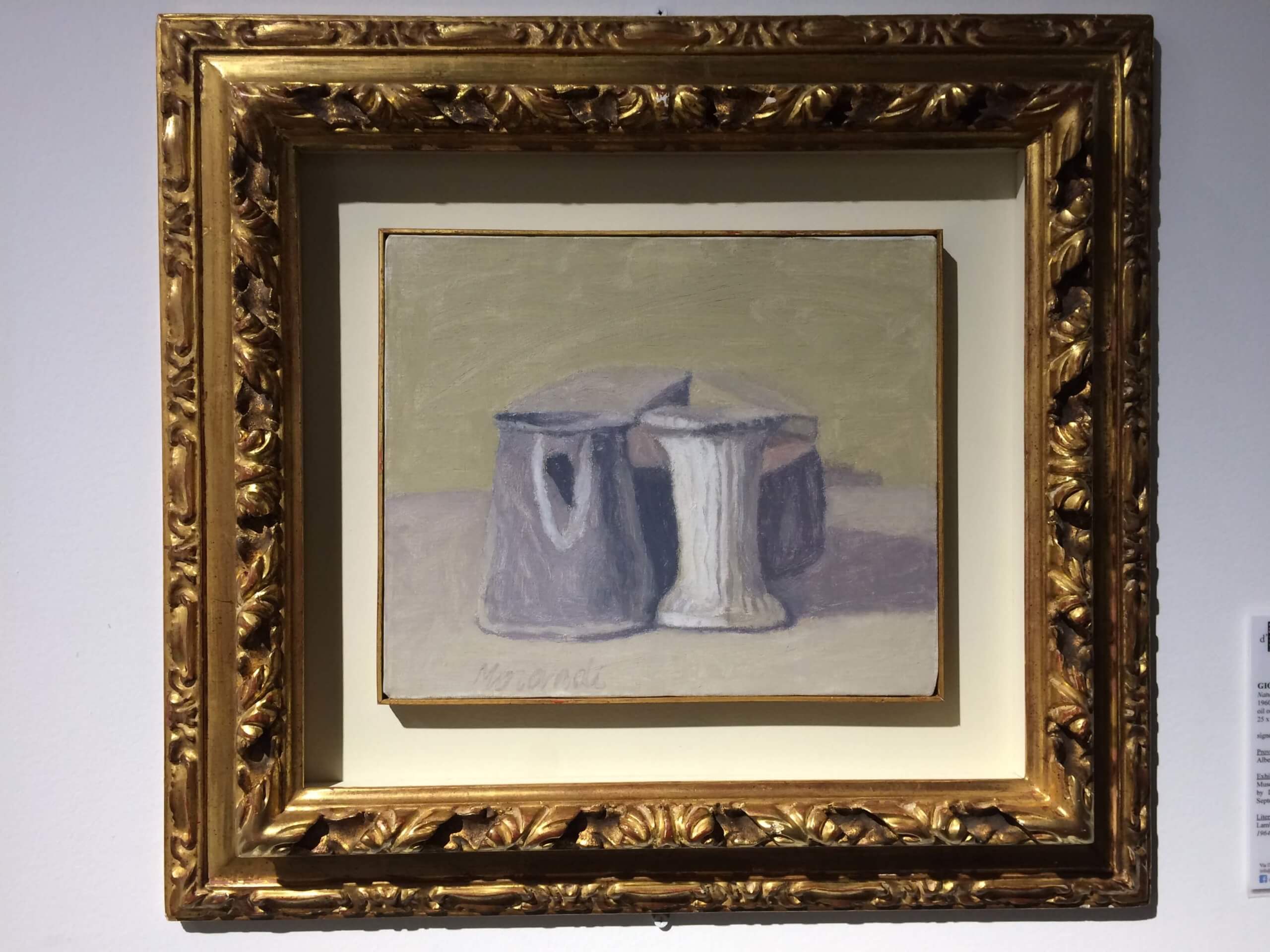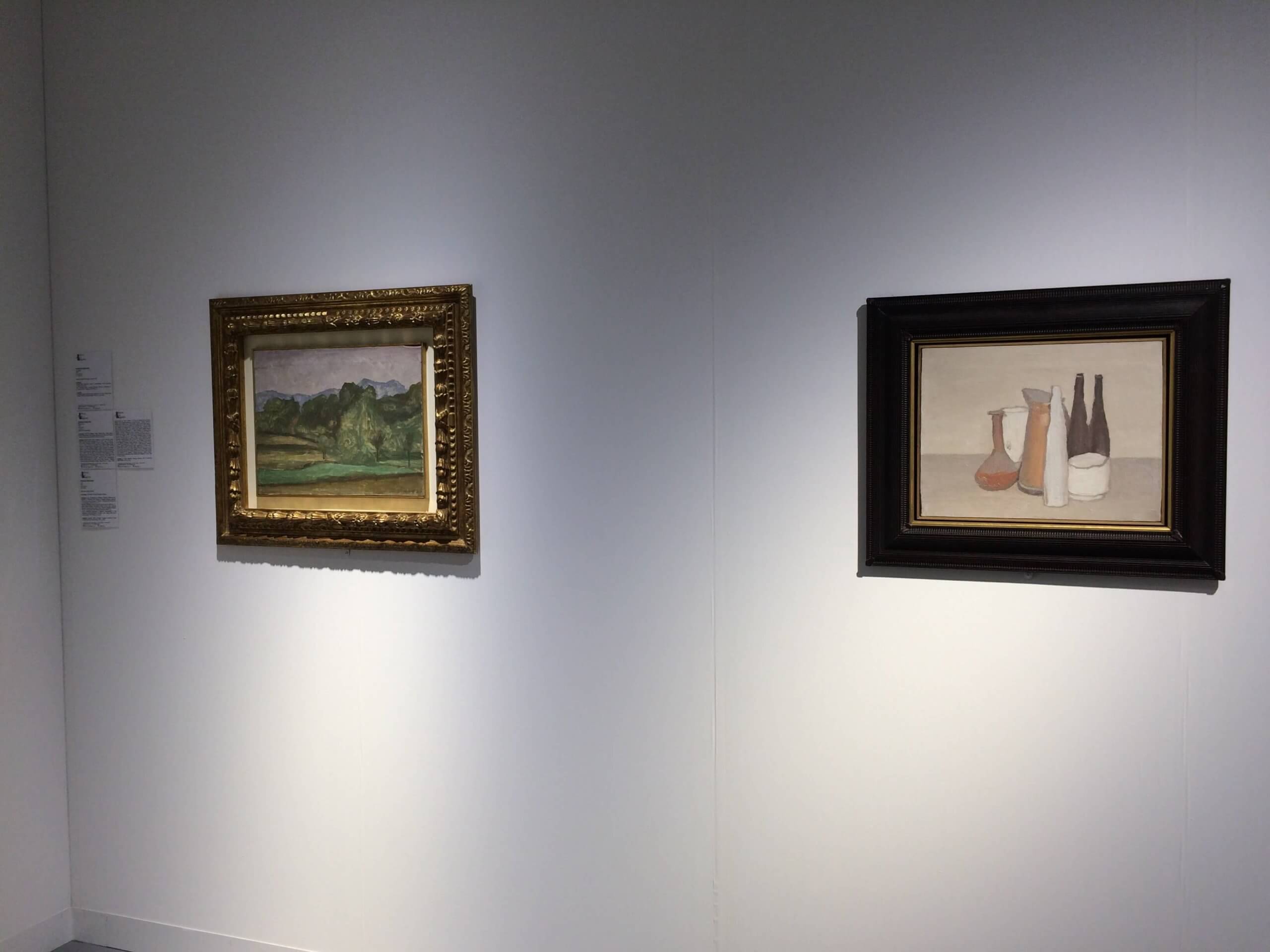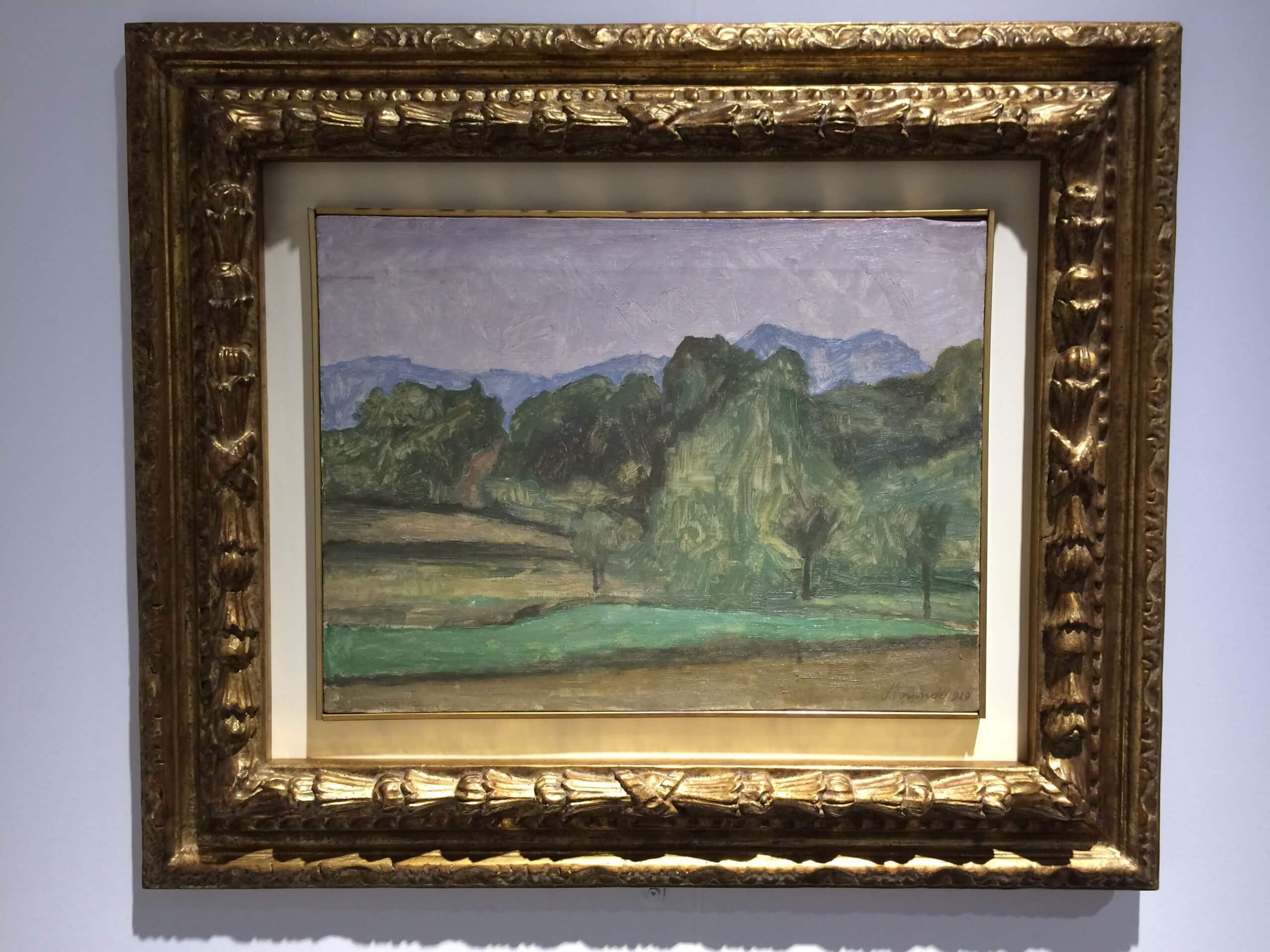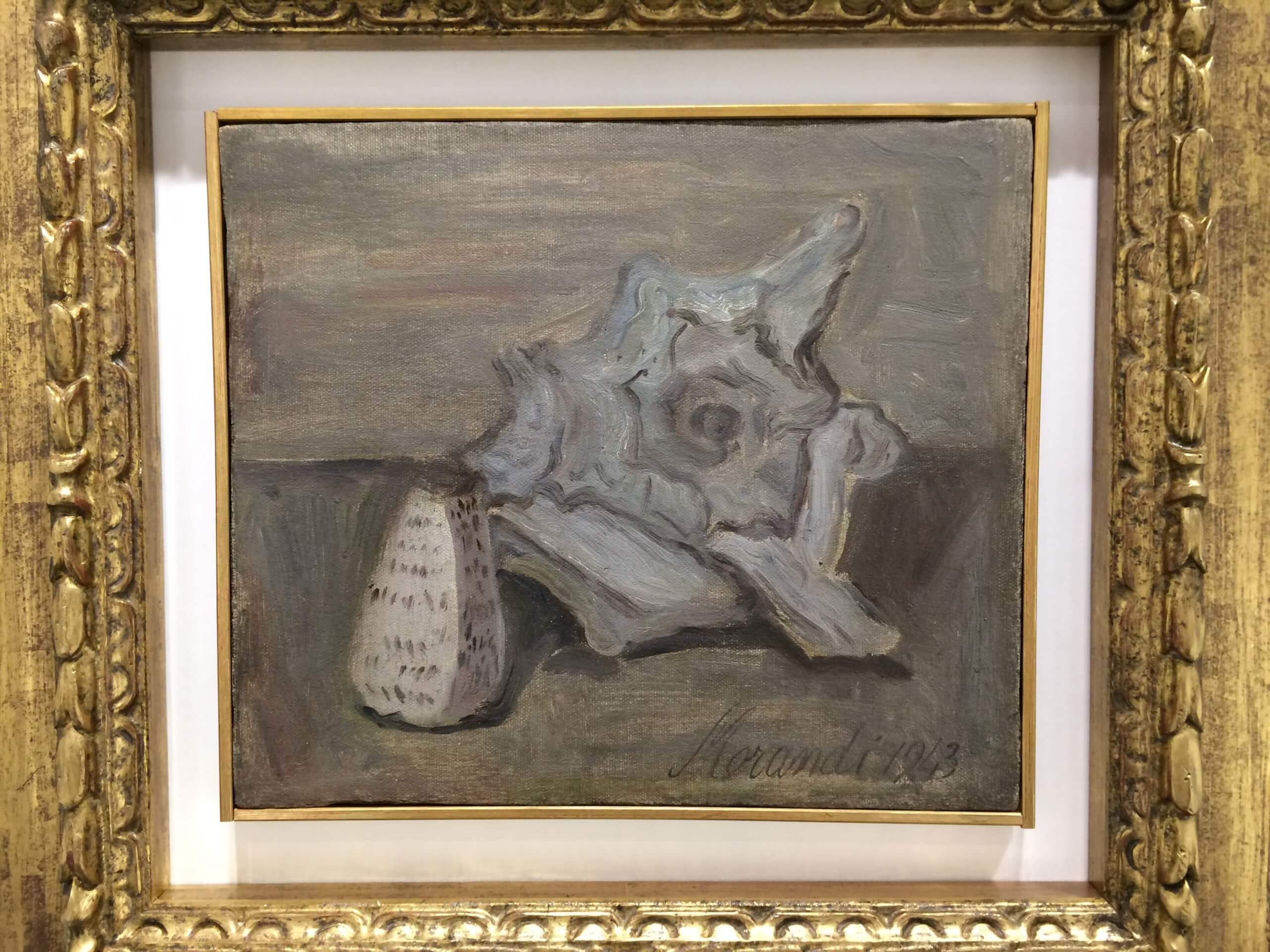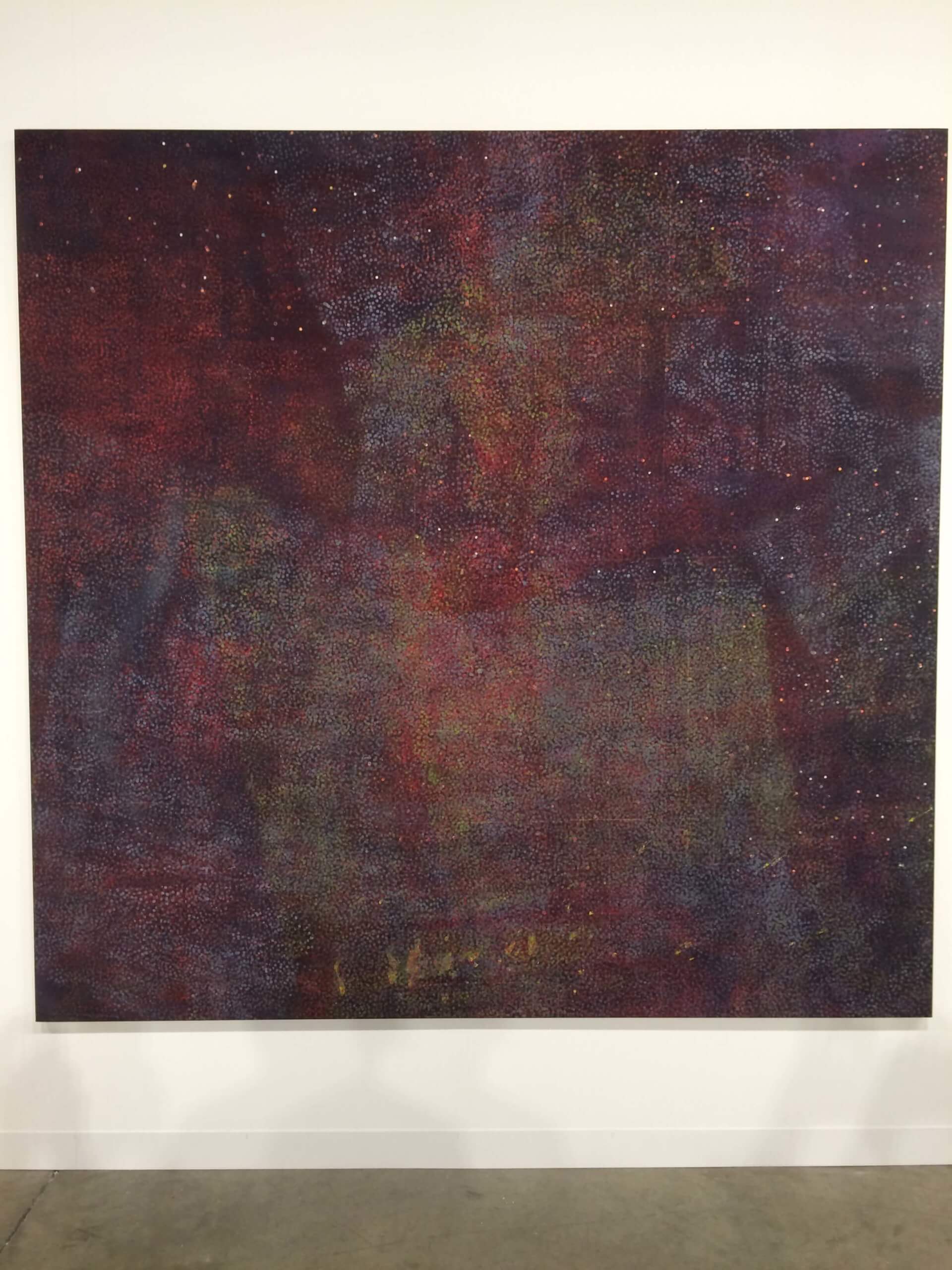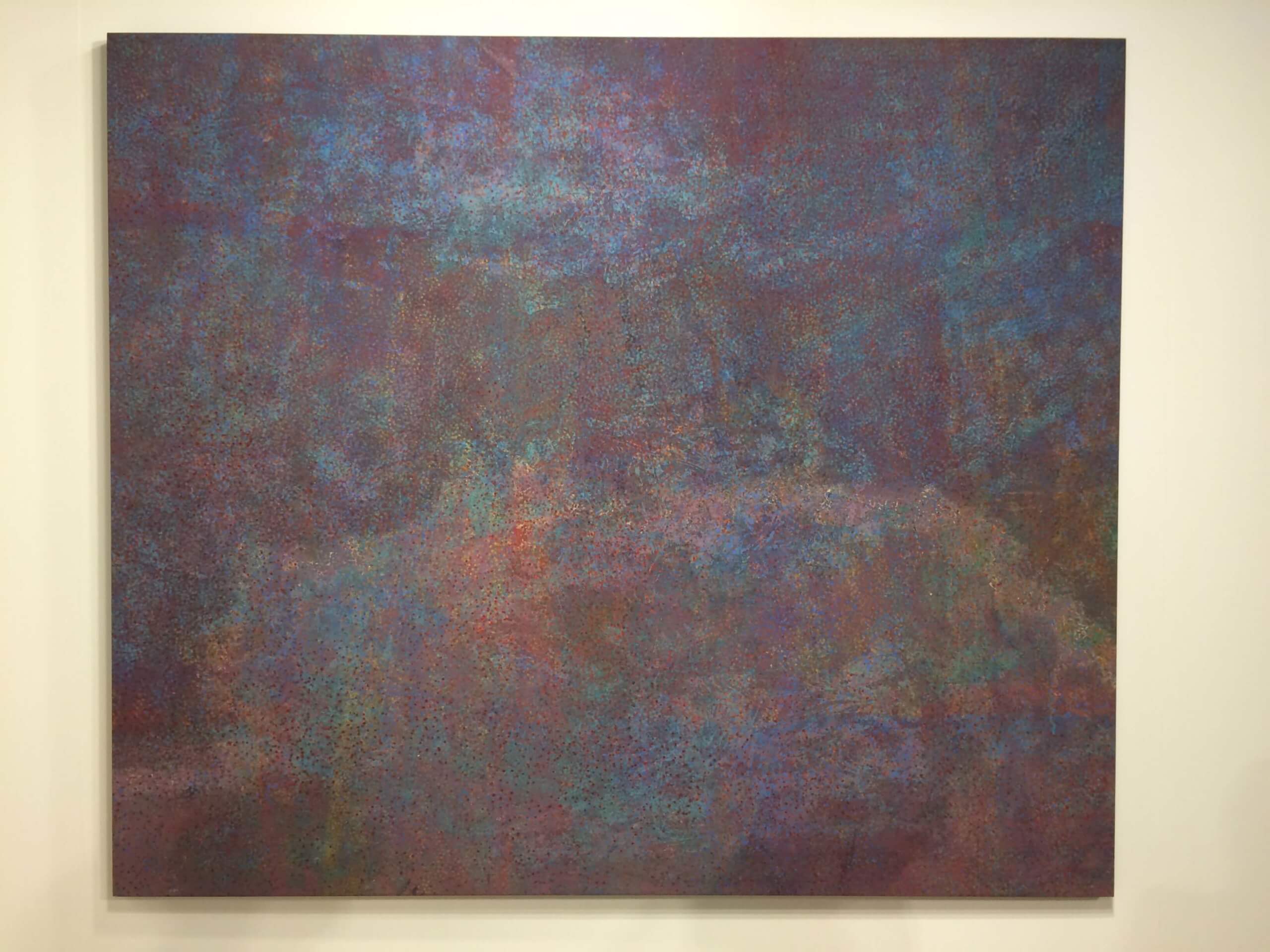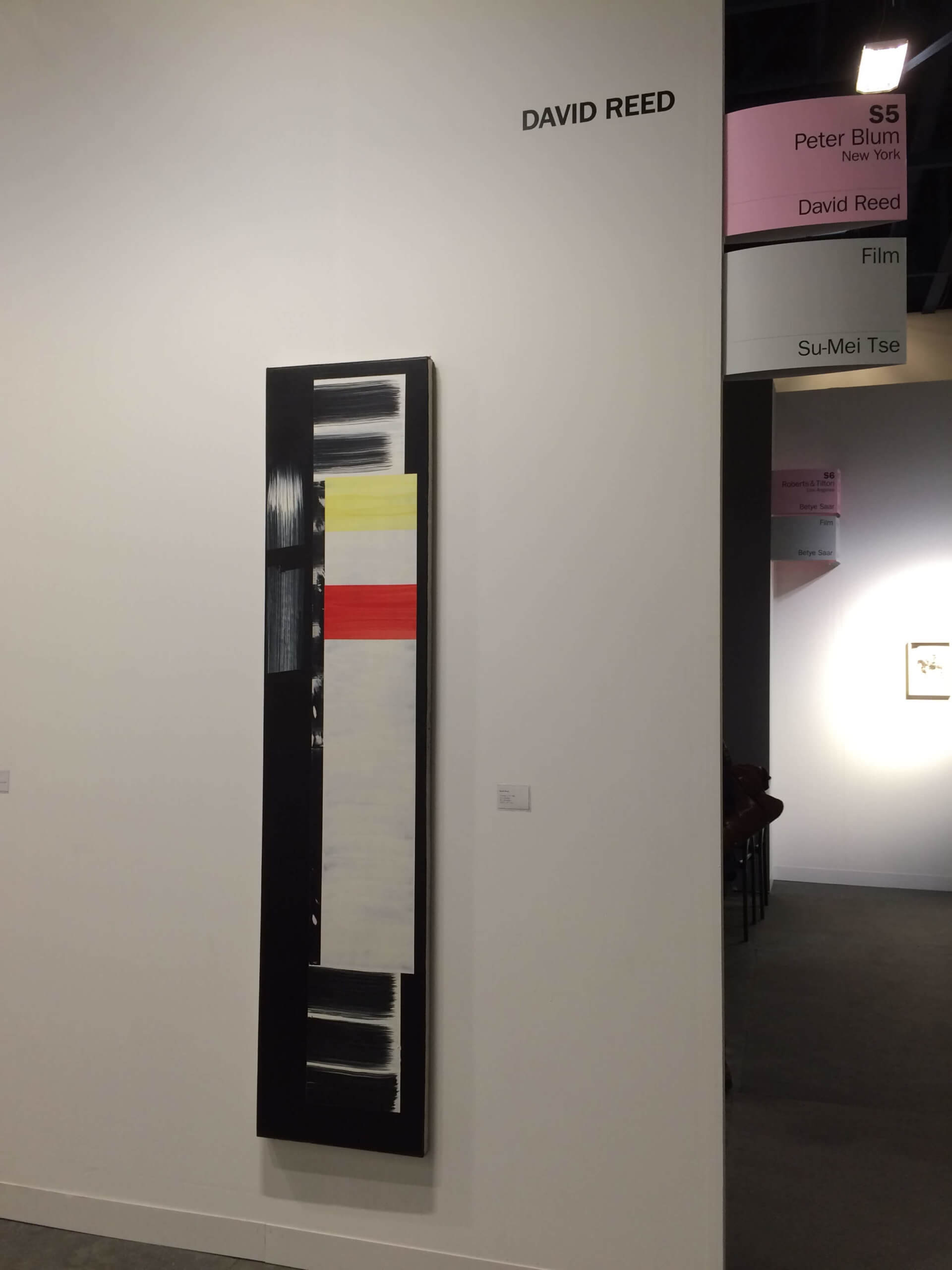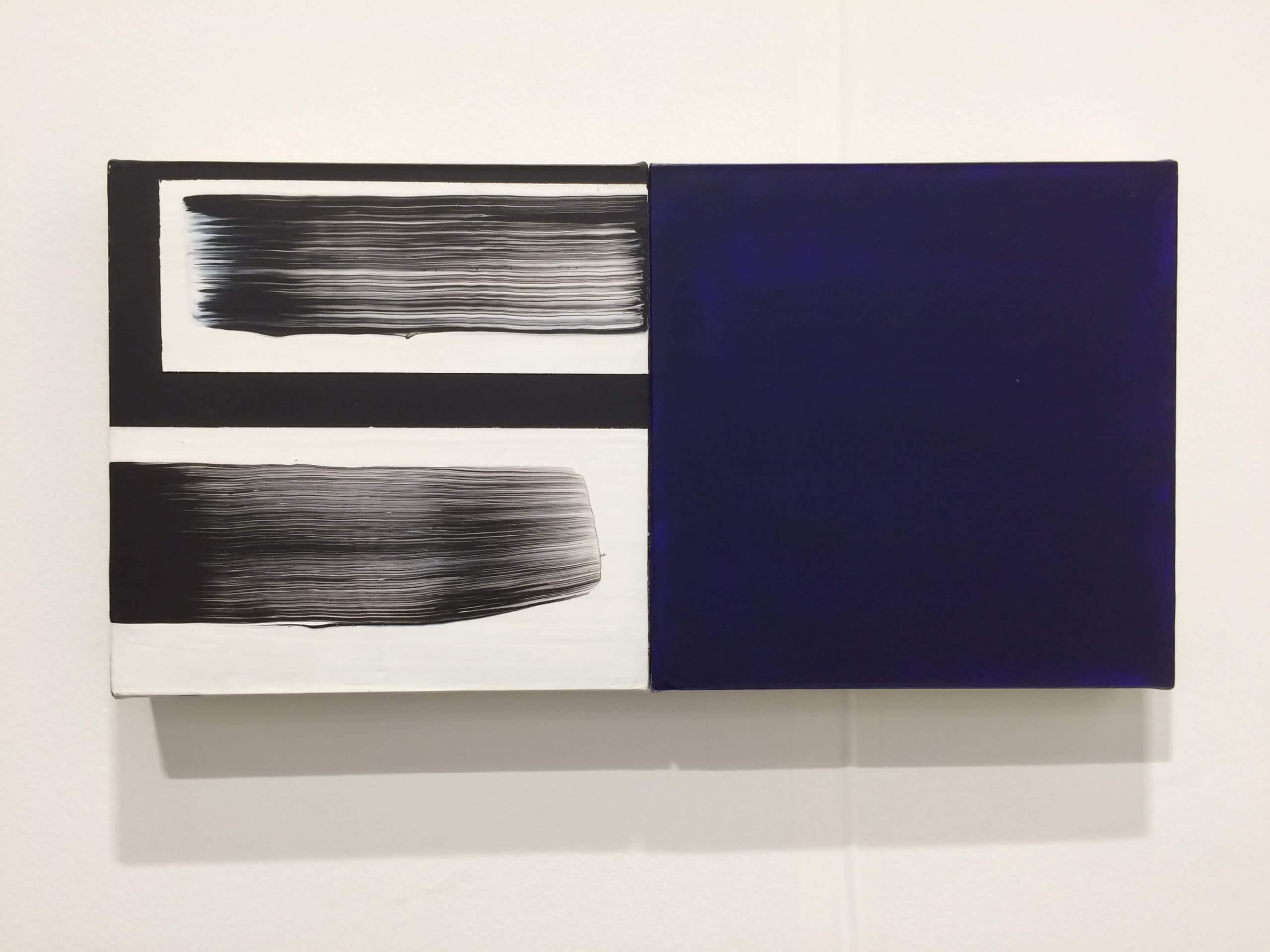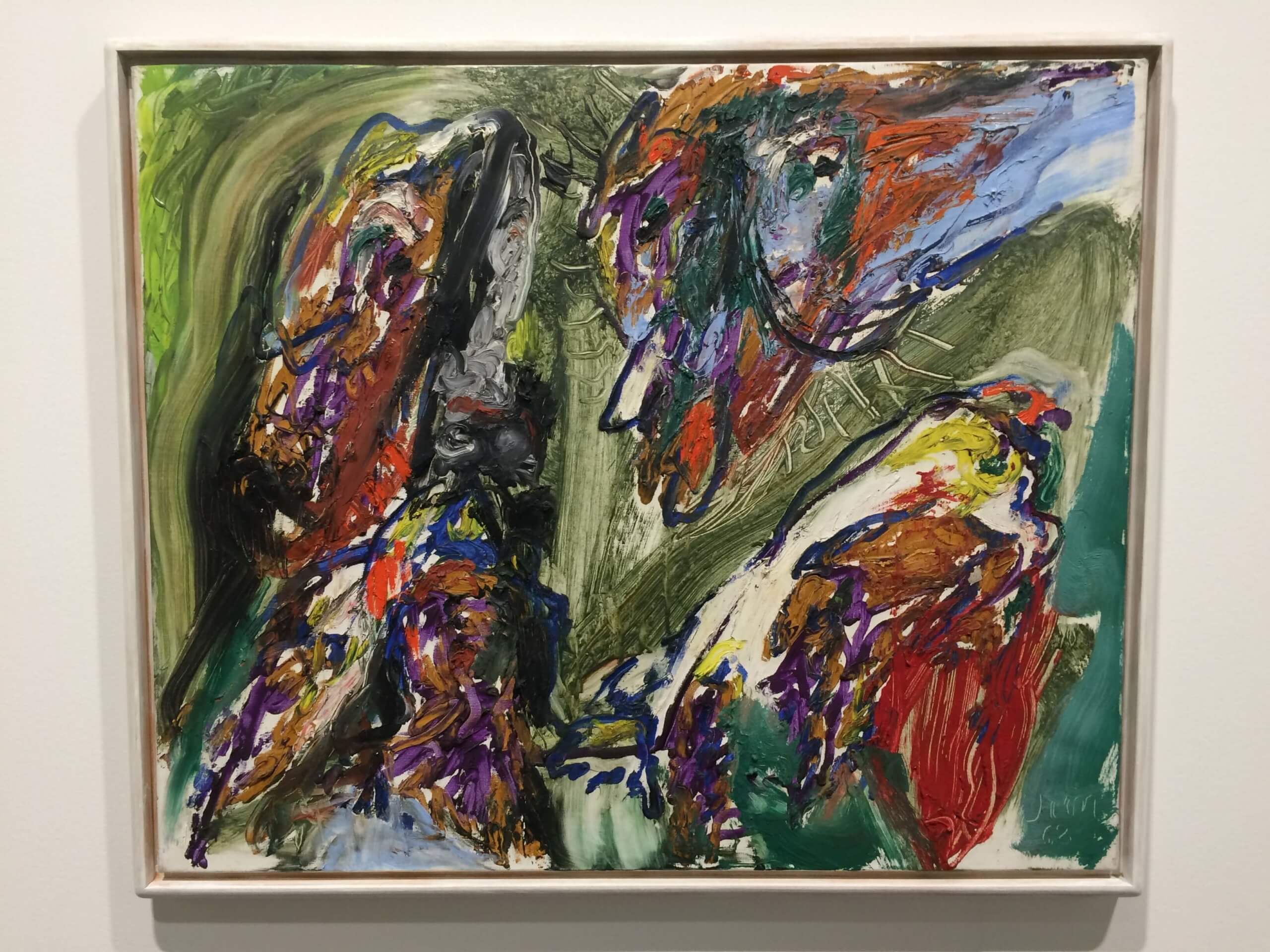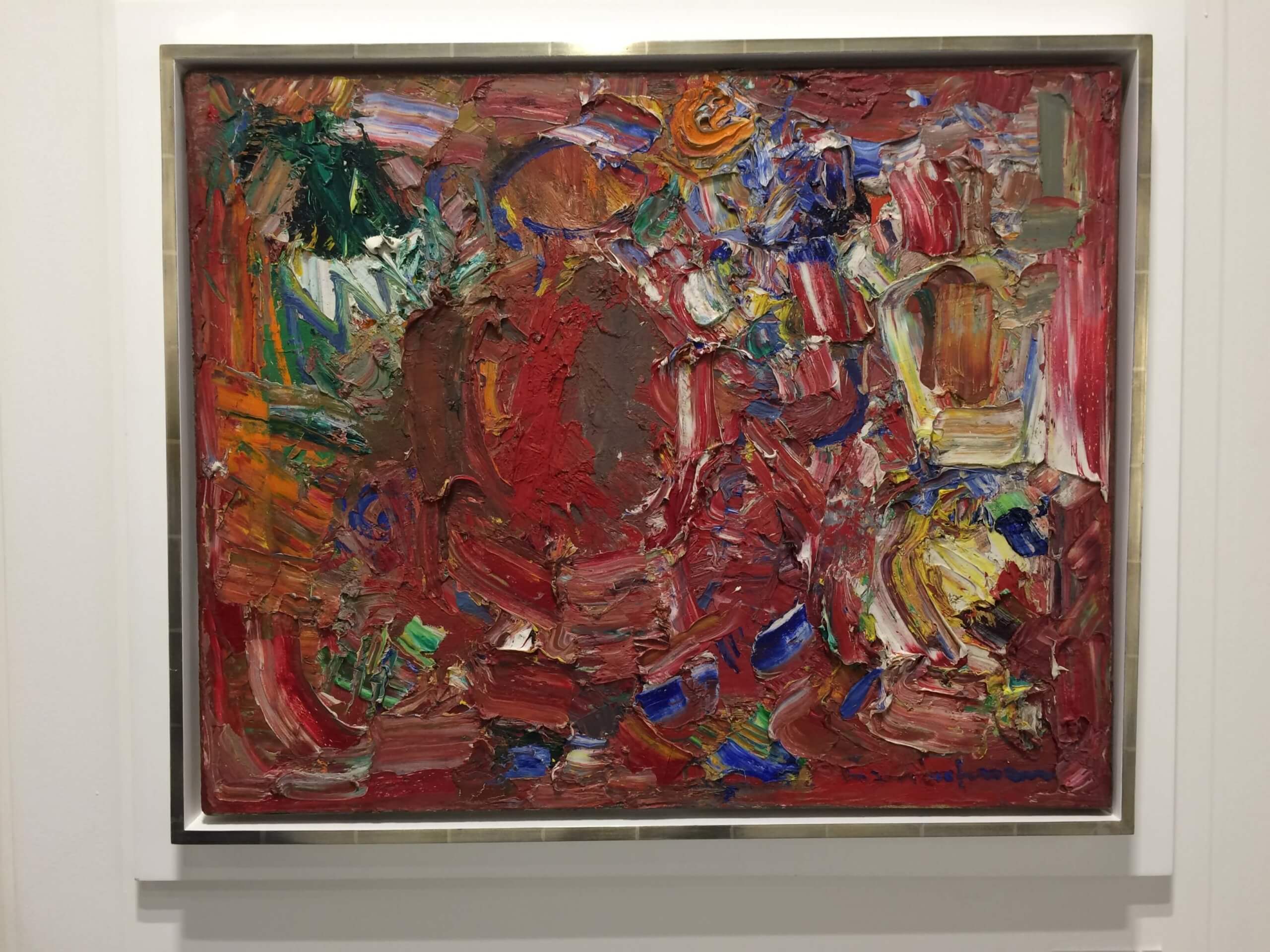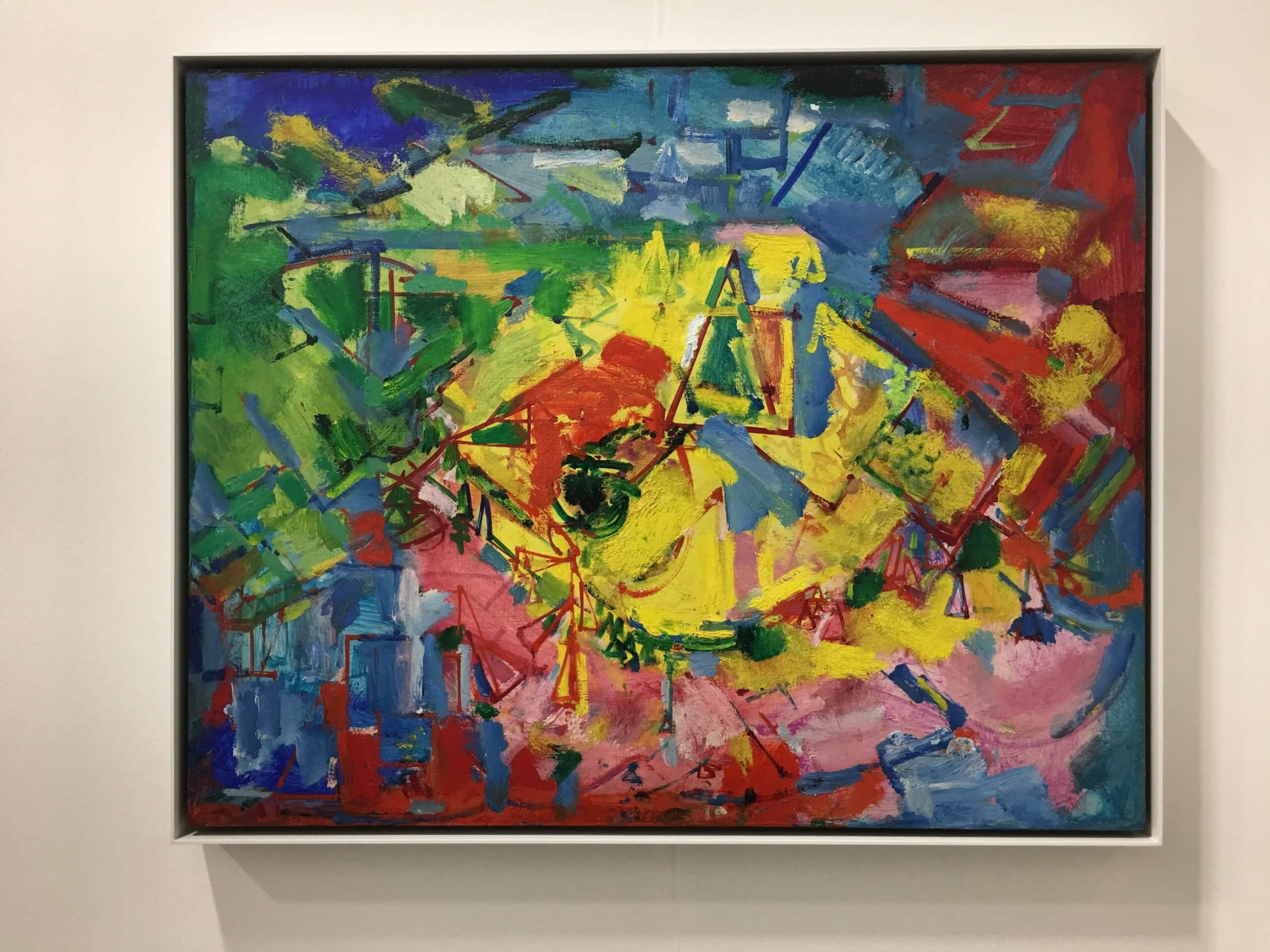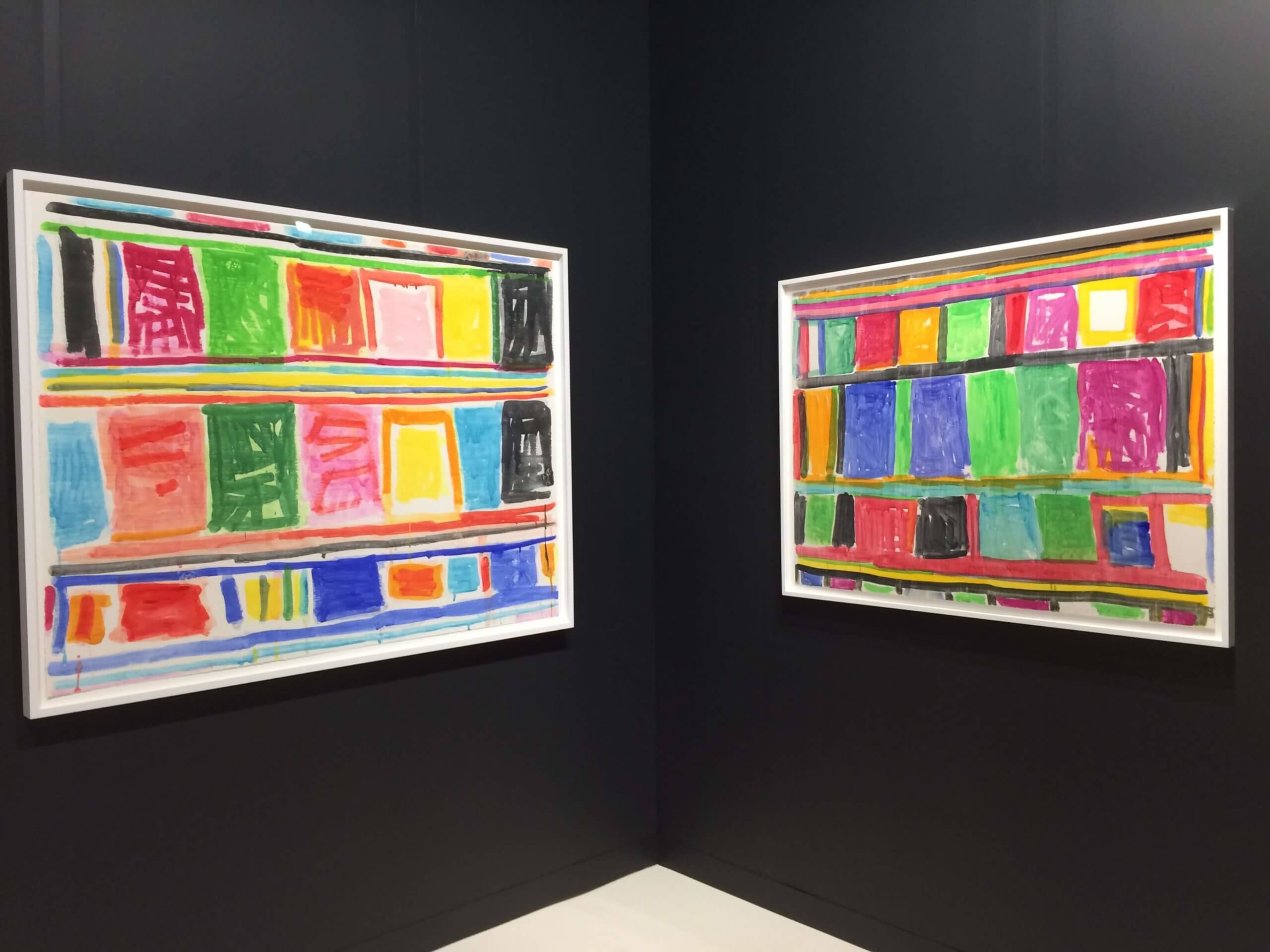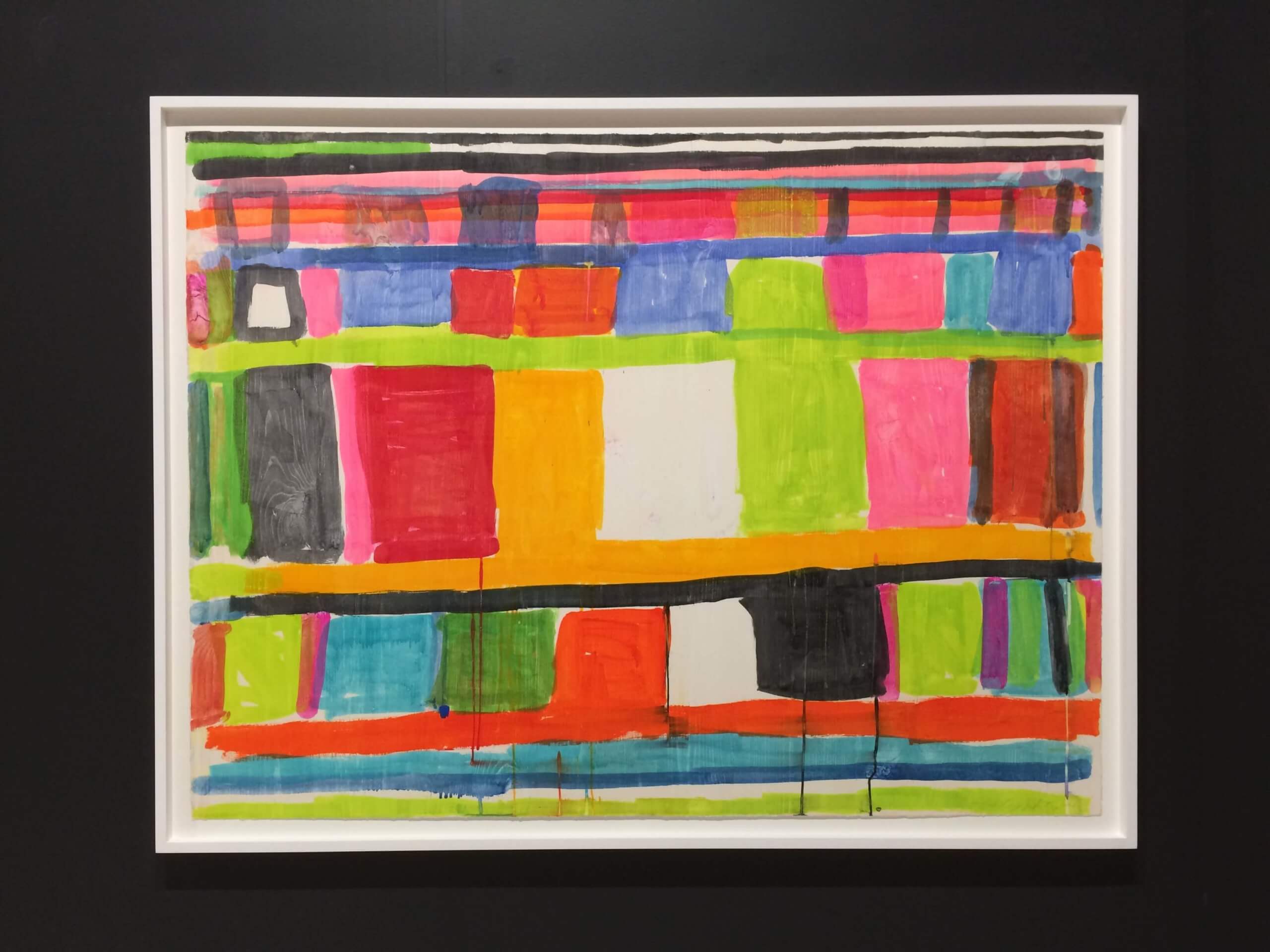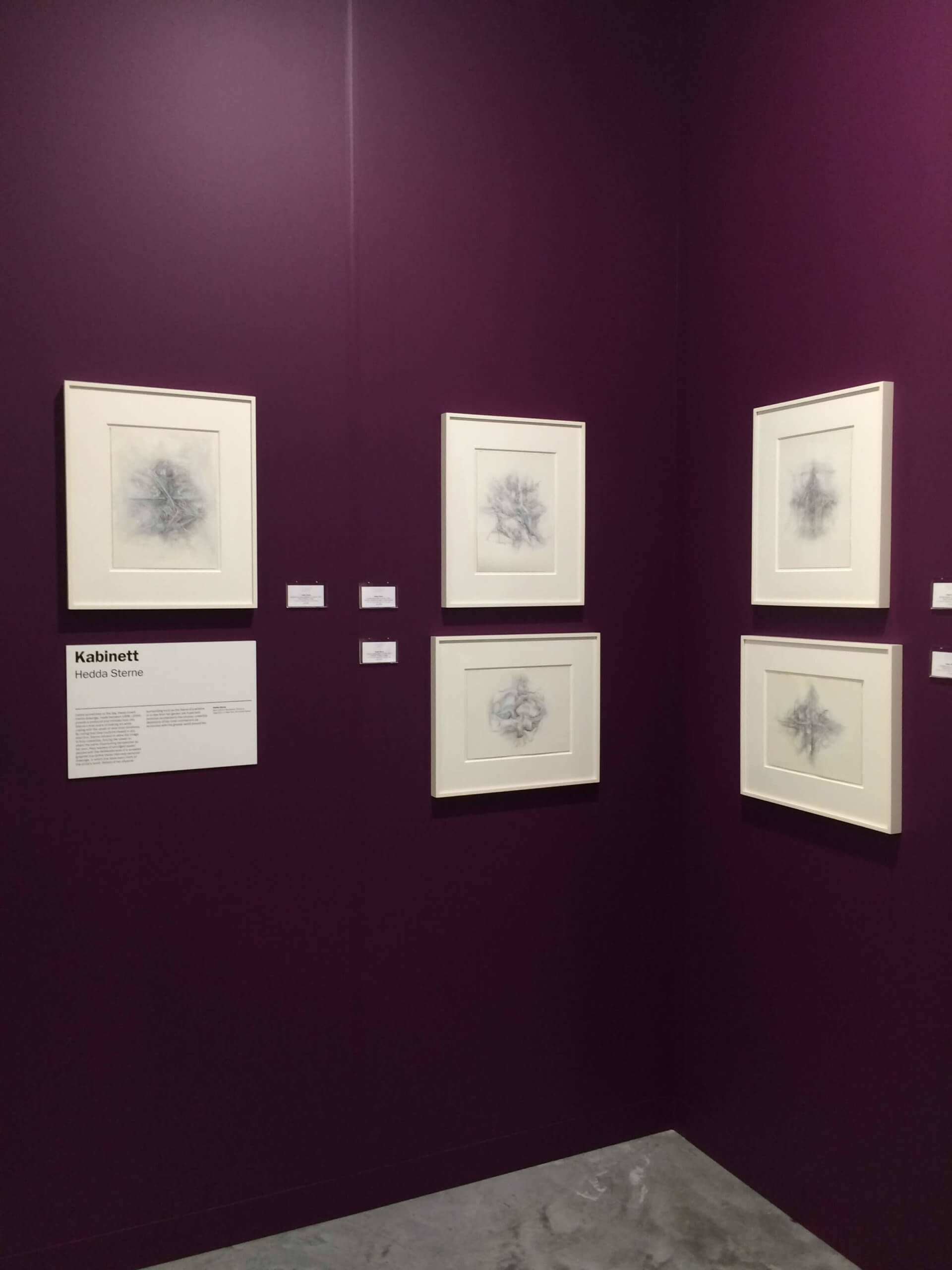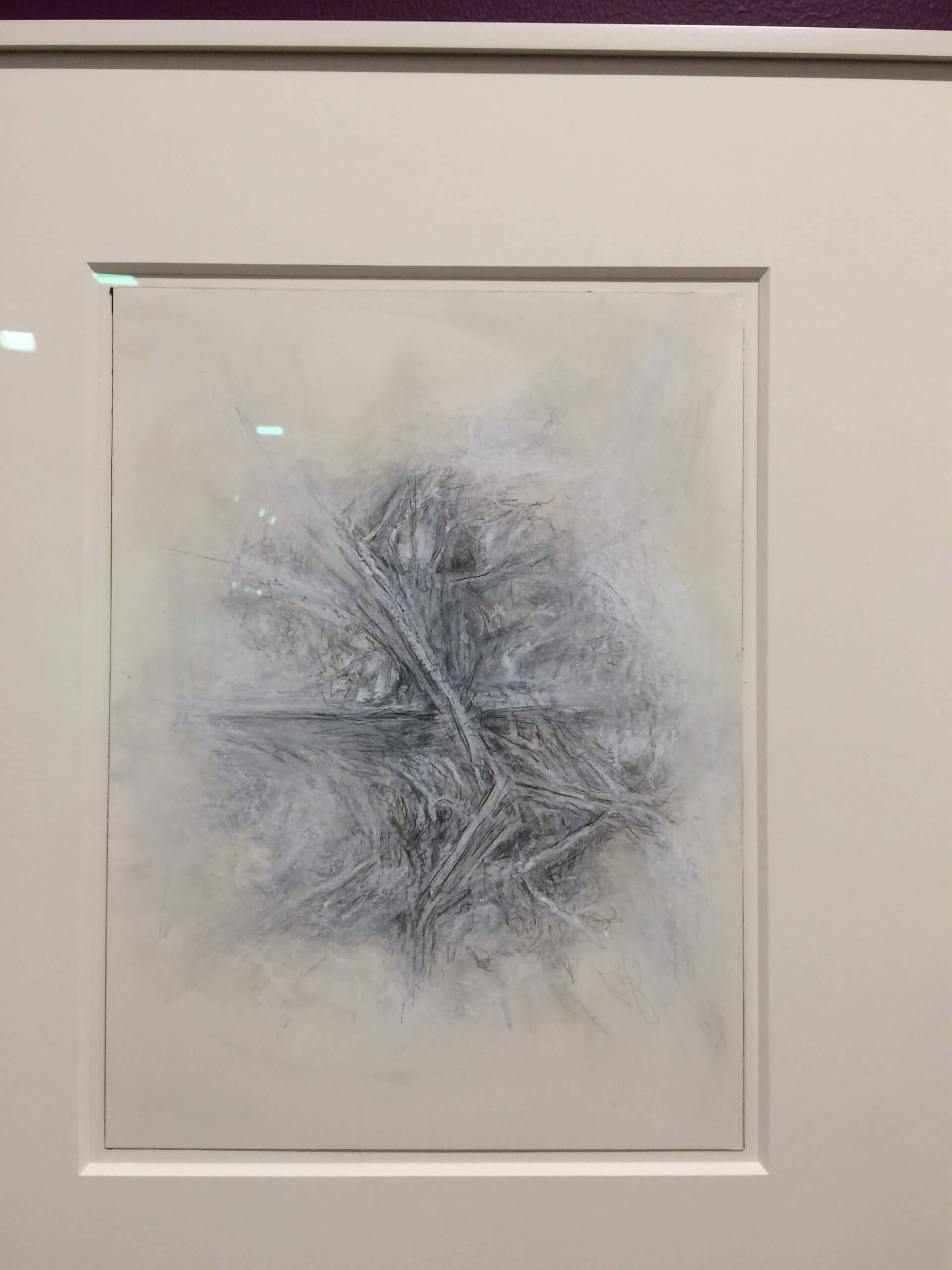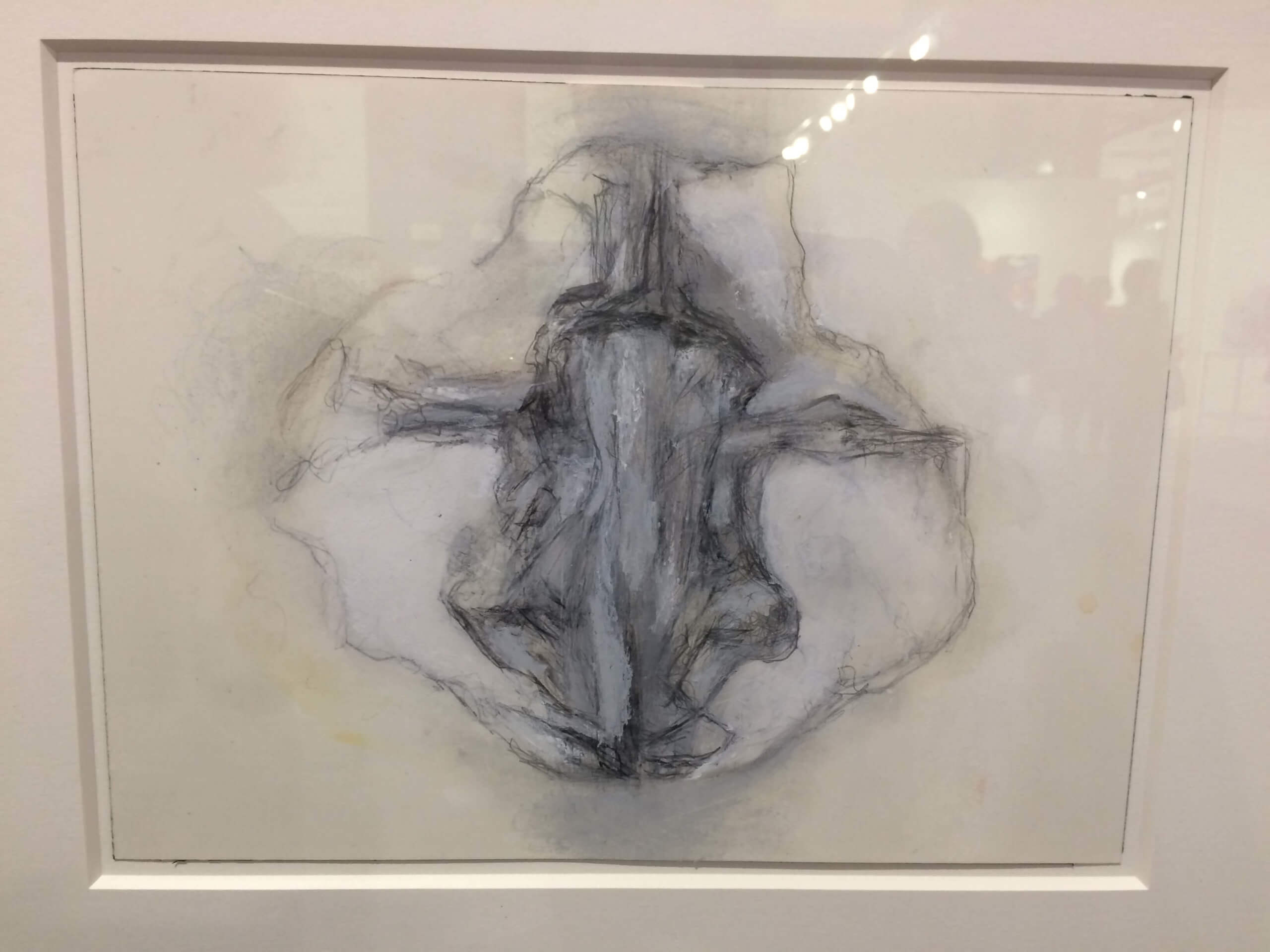Art Basel Miami Beach
December 2016
Part spectacle, part epic art bazaar, Art Basel Miami Beach (ABMB) is captivating yet hard to take in. The warrens of booths, where over 200 galleries actively hock their wares, may be ideal for six and seven figure transactions, but they are hardly optimal venues to look at art. Doesn’t art require quiet, distraction-free settings to operate? At an art fair of this scale, one must, of course, dispense with such thinking and immerse oneself in what is primarily a shopping experience. Surprisingly adopting the mindset of a shopper (even if you don’t have enough funds to be one) helps focus the mind and answer the question: What do I want to look at? I wanted to find the best paintings at the fair.
The main enemy of “just looking” at ABMB is the one-of-each syndrome, most galleries display one piece each (maybe two) by a number of artists from their roster. These artworks may be good or even great (there was a fantastic, large Harvey Quaytman at Van Doren Waxter for example), but they clash with each other in a number of ways that make it difficult for the viewer. Many booths featured painters I liked but the mix of artists was distracting. Fortunately, a number of galleries offered “Kabinetts” – small shows of a single artist within a larger booth, and a very small minority devoted their booth exclusively (or nearly so) to the work of a single artist. These shows provided a measure of relief from the visual noise, and as a result offered the best “looking” experience. They also featured some of the best work.
The gem of the fair was the Galleria del’Arte booth which featured a show of paintings and prints by Giorgio Morandi. The booth itself was small and invited close looking. The still lives and landscapes maintained their quiet rigor despite the crowds roaring by in pursuit of more bombastic works. The show featured a surprisingly vast landscape as well as some quirky still life examples, any of which would be wonderful to own.
Nearby, three large paintings by Howardena Pindell dominated Garth Greenan’s booth. Although the surfaces of these pointillist abstractions were dry, even dusty, they glowed with rich, complex color. The works were large, but not immense, yet they felt immersive. They were paintings to fall into. Across from Greenan, Peter Blum’s booth reserved a small room for paintings and drawings by David Reed, most of which felt related to the “stroke” paintings from the 70s on view at the Rose Art Museum’s recent show Painting Paintings (David Reed) 1975.

Petzel Gallery offered a compelling Kabinett, a compressed version of Petzel’s Asger Jorn show, The Open Hide, shown last summer in New York. Perhaps for this reason it felt like the most complete presentation at ABMB. These six or seven small to medium sized paintings provided the viewer with a strong sense of the emotional/visual punch Jorn is capable of evoking.
Not far away, an enclosed gallery of powerful, small works by Hans Hofmann at Ameringer McEnery Yohe was another highlight of the day.

Also notable was a Kabinett of large Stanley Whitney monotypes at the Two Palms booth. Although the watercolor used by Whitney in these works was less intense than in his oils, it was no less vibrant, each color buoyantly playing off each other and the white of the paper.
The most surprising Kabinett, however, was a beautiful micro-show of late drawings by Hedda Sterne at Van Doren Waxter. Sterne’s paintings are hard enough to come by, but these drawings were unknown to me. Richly worked, their quiet intensity was absorbing. Derived from landscape and natural forms they felt closely observed. The fact that Sterne made these works as she was losing her sight makes the connection all the more poignant.
Discovering tiny shows like these in the midst of the broader spectacle left me with a hopeful feeling. I wasn’t expecting quiet, complex, and engaged experiences but was pleased to find them. Standing in the Sterne show, I witnessed visitors taking fewer selfies preferring instead to lean in to take a closer, longer look. My takeaway was this: even in this bazaar for the hyper-wealthy, a loud, shiny, glitzy place to see and be seen, art of quiet power can still take over and convey an experience uniquely its own.
